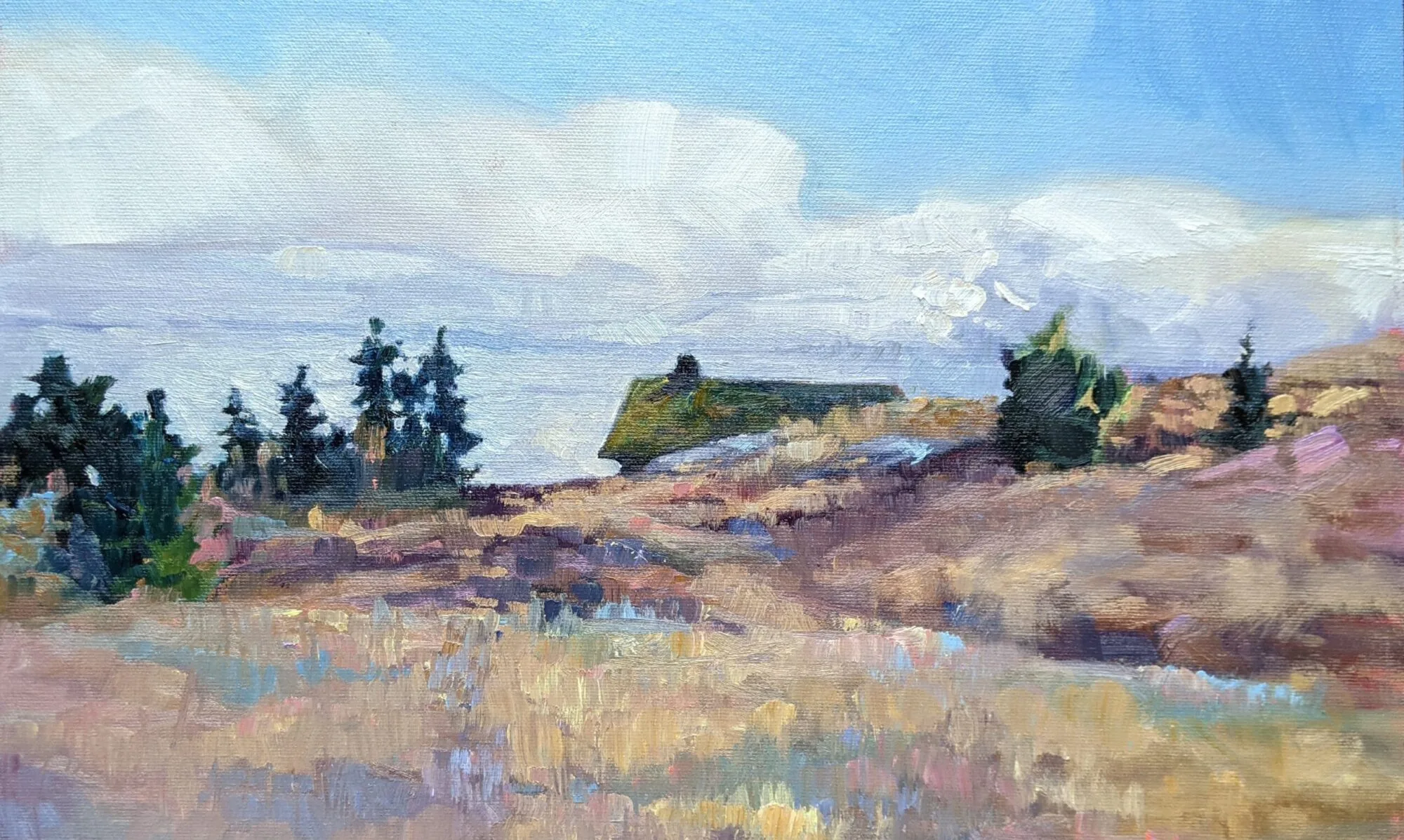Can a painting preach peace? I certainly hope so.
 |
|
Salvator Mundi, Leonardo da Vinci, c. 1500, Louvre Abu Dhabi
|
“Who do people say that I am?” Jesus asked his disciples. Ask a Muslim that, and you’ll get a markedly different answer than from a Christian. Muslims believe that Jesus was a prophet who was given injil (the gospel) to convey to all people. This gospel confirms what was taught in the Torah and foretells the coming of Prophet Muhammad. Jesus will come back on the Day of Judgment, when he will destroy the ad-dajjal (Antichrist). However important Christ is as a prophet, teacher, servant and follower of the Word, Muslims do not believe that he was either divine or the son of God.
While we ‘know’ that Islam prohibits painting human figures, that is not strictly true. The painting of miniatures was raised to a high art during the Safavid, Mughal and Ottoman empires. The miniature was private, kept in a book or album and never displayed. That made it acceptable.
Paintings of Muhammed are contentious, rare and generally old. By the 16th century, the prophet was being represented as an abstraction or a calligraphic image to avoid idolatry. In Islam, the most absolute proscription is of graven images of God, followed by Muhammed, the Islamic prophets (of which Jesus is one) and the relatives of Muhammed. However, all painting of animals and humans is discouraged.
As with so many other issues, the modern Muslim world is split on the subject. Most Sunni Muslims believe that all visual depictions of all the prophets of Islam should be prohibited. Shia Islam, however, has loosened up their stance on graven images.
The House of Saud (the Royal Family) of Saudi Arabia are not just Sunni, but have long been associated with the Salafi movement, or Wahhabism, which we in the west would describe as ‘ultraconservative’ or ‘puritanical.’
In November, Salvator Mundi by Leonardo da Vinci sold at auction at Christie’s New York for $450 million. The purchaser was identified as Saudi Arabian prince Bader bin Abdullah. In December 2017, the Wall Street Journal reported that Prince Bader was in fact an intermediary for Crown Prince Mohammed bin Salman, the true buyer. Christie’s subsequently stated that Prince Bader acted on behalf of Abu Dhabi’s Department of Culture and Tourism, which will display the work at the Louvre Abu Dhabi. The United Arab Emirates (UAE) is also a Sunni Muslim country, and a key Saudi ally.
 |
|
Salvator Mundi, Titian, 1570, Hermitage Museum. This shows the orb as a globus cruciger, surmounted by a cross and thus more explicitly stating Christ’s dominion over the orb of the world.
|
The Saudi purchase came on the heels of an extensive purge of influential national figures at the bequest of the crown prince. Bader bin Abdullah is reportedly his close friend and confidant.
The Saudi crown prince is—at least at this phase—a reformer. He has been given credit for the end of the ban on women drivers. In October, he said a return of “moderate Islam” was key to his plans to modernize the kingdom. Those plans include diversifying the Saudi economy so it’s not completely oil-driven.
The neighboring UAE have been Muslim for a long, long time. Their conversion is traced to a letter sent by Muhammad to the rulers of Oman in 630 AD, nine years after the Hegira. This led to a group of coastal princes travelling to Medina, converting to Islam and subsequently throwing off Sassanid rule.
|
Roman coin, c. 270-275 A.D. showing the Emperor Aurelian receiving the globe from Jupiter.
|
So where does a 500-year-old oil painting fit into this? Its provenance is far from settled, and it was a mess, with lots of overpainting, before its final restoration. Still, as with all artwork, it has the power to speak.
Salvator Mundimeans “Savior of the World.” Jesus’ right hand is raised in blessing and his left hand holds a crystal globe, meant to represent the earth. That’s a symbol that’s been used since antiquity, for both spiritual and temporal rulers. The Roman Empire knew it as the plain round globe held by Jupiter, representing the dominion held by the emperor. It was borrowed in later art as a symbol of Jesus’ dominion over the earth.
Not only is Salvator Mundi an icon, it’s an icon that flatly contradicts Muslim theology.
What was the prince’s motivation in buying the painting? What does it mean that such an image has been acquired on behalf of the people of the United Arab Emirates? I can’t say, but I can read something hopeful and instructive in the journey. A child could.

